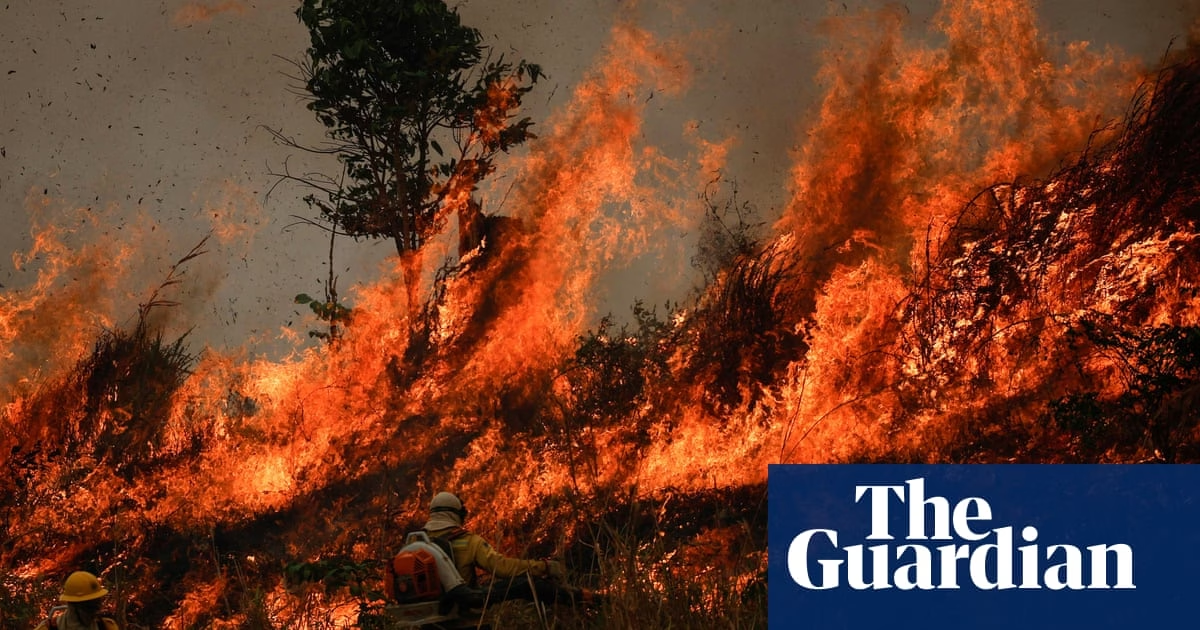In 2024, the degradation of the world’s forests reached an unprecedented high, with a profound increase in fire-related destruction driven by the effects of global heating, according to alarmingly new figures. From the Amazon in Brazil to the Siberian taiga, Earth witnessed a record pace of forest disappearance the previous year, with vast areas converted for agriculture, ravaged by fires, logged, and mined, as per the University of Maryland’s analysis featured on Global Forest Watch. In the tropics, densely populated with the planet’s most biodiverse and carbon-rich forests, fire surpassed all other causes of loss for the first time since record-keeping commenced. Boreal forests in regions of Canada and Siberia also continued to face extensive burning. According to Prof. Matt Hansen, who led the analysis at the University of Maryland’s Glad Lab, and Elizabeth Goldman of Global Forest Watch, the latest statistics are “frightening” and unprecedented in the two-decade history of the data. In Brazil, forest loss surpassed levels seen under President Jair Bolsonaro, driven by fire and an all-time record drought in the Amazon, resulting in a loss of over 25,000 square kilometers. Bolivia followed with a loss of pristine forests rising nearly fivefold since 2020, aimed at promoting agricultural expansion. The Democratic Republic of the Congo and Congo-Brazzaville also saw a high rate of loss in their rainforests, second only to the Amazon in size. At the 2021 Cop26 climate conference, over 140 world leaders committed to halting deforestation by 2030, yet the current rate of forest loss must decrease by 20% annually to meet this goal. Despite these somber findings, some nations like Indonesia and Malaysia showed lower rates of primary forest loss. Experts caution that continued trends may irreversibly alter essential natural habitats, potentially exacerbating climate change.
Source: https://www.theguardian.com/environment/2025/may/21/fires-record-loss-forests-global-heating-agriculture-logging-brazil-bolivia-aoe








